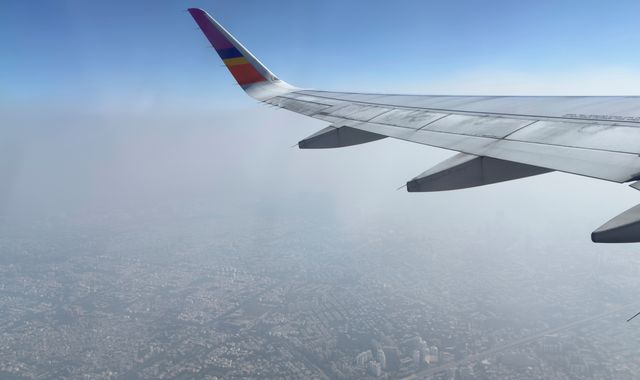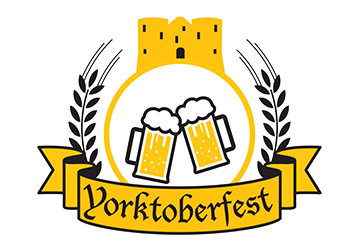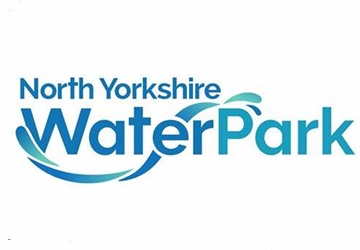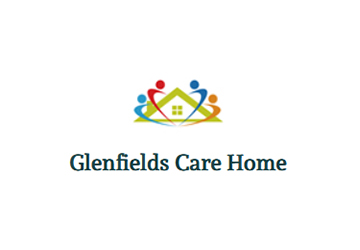A plane sprayed chemicals into clouds over some areas of the Indian capital to encourage rain and wash pollutants from the air, which remained in the “very poor” category, according to air quality monitors.
India had six of the 10 most polluted cities globally, and New Delhi is the most polluted capital, according to a 2024 report from air quality monitoring database IQAir.
Cloud seeding is a weather modification method that releases chemicals into clouds to trigger rain.
It has been used in drought-prone regions, such as the western United States and the United Arab Emirates (UAE), though experts say its effectiveness remains uncertain.
Manjinder Singh Sirsa, an environment minister in the Delhi government, said the trial was performed in collaboration with the Indian Institute of Technology Kanpur, with more planned in the coming days.
He said authorities were anticipating a brief spell of rainfall in some parts of the city in the following hours.
New Delhi and its surrounding region, home to more than 30 million people, routinely rank among the world’s most polluted.
Air quality worsens in the capital every winter as farmers burn crop residue in nearby states and cooler temperatures keep hold of the smoke, which mixes with vehicle and industrial emissions.
Pollution levels are often nearly 20 times higher than the World Health Organisation’s (WHO) safe limit.
Read more from Sky News:
Fawlty Towers actress Prunella Scales has died
England cricket legend James Anderson knighted
Cyclone Montha approaches India
Authorities have restricted diesel generators, imposed construction bans, and deployed water sprinklers and anti-smog guns to curb the haze.
But critics say there needs to be a long-term solution that dramatically reduces pollution itself, instead of actions that aim to mitigate the effects after it has already covered the region.
Krishna Achuta Rao, professor at the centre for atmospheric sciences at the Indian Institute of Technology, New Delhi, said that seeding clouds to reduce air pollution is ineffective because it can dissipate pollution only for a few days, after which the air quality returns to its former state.
Instead, Professor Rao said, implementing strong laws that can result in reducing emissions from all sources – including industries, vehicular pollution and construction – is the only way to clean India’s air.
Last week, thick smog blanketed New Delhi after millions celebrated the Hindu festival Diwali with firecrackers, sending air pollution levels soaring to hazardous levels.
Those celebrating in the city burst firecrackers late into Monday night, filling the air with smoke and fine particles that mixed with seasonal pollution and stagnant weather conditions.
By Tuesday morning, the city’s Air Quality Index had climbed above 350 in several neighbourhoods, a level considered “severe” and dangerous to breathe, according to the WHO’s daily recommended maximum exposure.









































